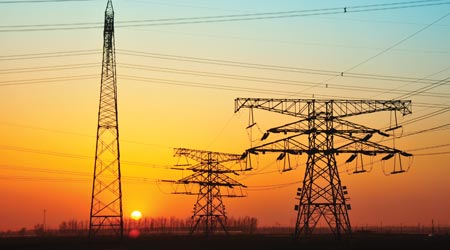Understanding Today's Tiered Utility Incentives
Read the fine print as incentives move from prescriptive to performance-based.
The early days of utility incentive programs were straightforward. Energy efficiency initiatives were prescriptive and provided a set incentive for an efficiency improvement such as changing out incandescent lamps to fluorescent or installing a variable frequency drive on a fan or pump. While these types of incentives are still available today, they are at the low end of what is available for utility incentives because by now thousands of companies have done the basics of energy efficiency. To encourage increasingly efficient facility management, utilities are incentivizing comprehensive energy efficiency treatment at high incentive levels.
This development isn’t surprising. The Environmental Protection Agency noted nearly ten years ago that “as programs and markets mature, incentive levels for particular technologies may need to be adjusted downward, focused on higher efficiency levels, or eliminated altogether.”
That is what we are witnessing now, in the last two years in particular, as the energy efficiency industry increasingly adopts incentive programs that are tiered based on effectiveness. The programs in Massachusetts and Connecticut offer good examples due to the maturity of these states’ utility incentive structures.
Both Mass Save and Energize Connecticut have developed tiered programs. Both are collaborations among local utilities and function as overarching brands to provide support and regulation in how these utilities provide programs for their local homes and businesses.
Custom incentives, tiered structures
Over the past ten years, the industry has prioritized “whole-building” approaches to energy efficiency incentives.
Although more complex than prescriptive “plug and play” style energy solutions, custom-designed projects not only deliver the most energy savings possible for specific facility design, but also solve for operational challenges and lower overall operating costs.
Comprehensive efficiency projects are complex. Engineering comprehensive efficiency solutions for a facility requires an understanding of which solutions are available, how the solutions work together, and how they will be incentivized by utility programs.
Broader than the granular level of fixture type, custom projects are evaluated based on company size, potential efficiencies gained, fixture effectiveness, and custom measure scope. Mass Save specifies that custom projects – the type with the potential for the biggest coverage – are “complex or one-of-a-kind measures that go beyond traditional guidelines.”
Commercial and institutional facility managers of existing buildings that are interested in custom incentives must follow the procedures outlined by the utility. For example, Mass Save lists these steps:
• Determine the eligibility of the proposed project and establish requirements for detailed savings projections and cost estimates.
• All applications for incentives under the custom project application process require sound documentation of the proposed cost, projected electricity or natural gas savings, and the related non-energy savings.
• A technical representative from Mass Save will develop a minimum requirements document which describes the equipment specifications and operational requirements of the proposed system.
Custom projects are highly valued by the utility (in this example, Massachusetts) but come with a process that must be understood and implemented.
Related Topics:













